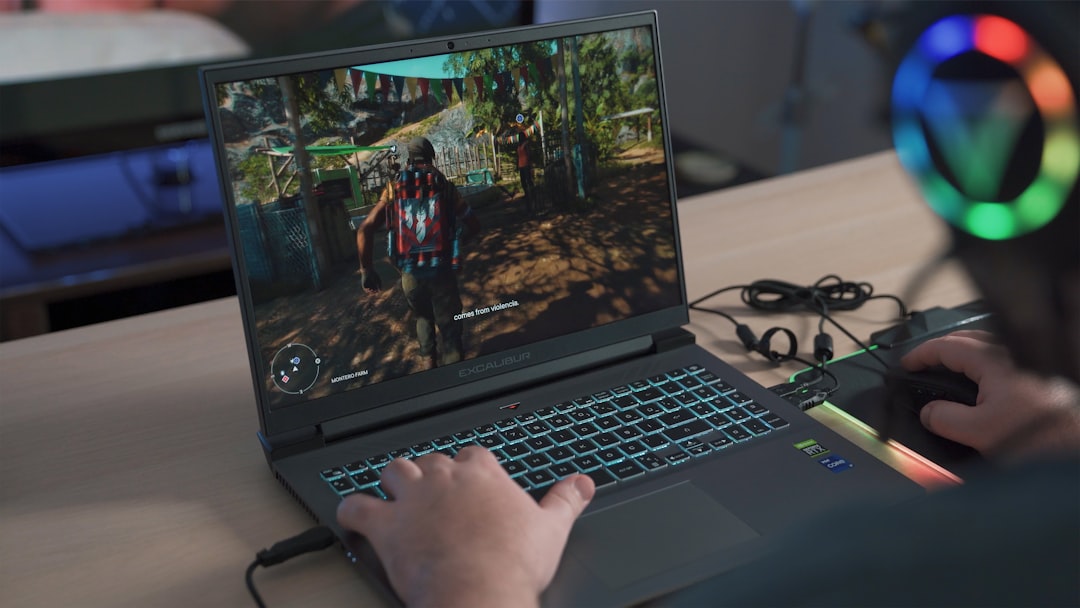Whether you’re a casual gamer exploring virtual worlds or a competitive player chasing the leaderboard, there’s one thing that can ruin your experience faster than a surprise boss fight — lag. Fortunately, you don’t have to settle for choppy frame rates or sudden freezes. With a few smart adjustments, you can significantly improve your gaming performance and wave goodbye to lag for good.
Here are some pro tips and tricks to help ensure a consistently smooth gaming experience on PC or console.
1. Optimize Your Internet Connection
If you’re playing online, lag often stems from a slow or unstable internet connection. Here’s how to get the most out of your network:
- Use a wired connection: Connecting your device directly to the router via Ethernet reduces latency and provides a more stable connection than Wi-Fi.
- Prioritize gaming traffic: Many modern routers offer Quality of Service (QoS) settings to prioritize gaming devices or applications.
- Close background applications: Streaming videos, large downloads, or other connected devices can hog bandwidth and slow things down.
Pro tip: For wireless users, place your router in a central location, away from walls or interference, and use the 5GHz band when possible for lower latency.
2. Keep Your System Clean and Updated
Dusty hardware and outdated software can be a deadly combo for gaming performance. To avoid this:
- Clean your PC or console: Dust buildup can lead to overheating, which causes throttling and performance drops.
- Update your graphics drivers: GPU updates often include performance optimizations for the latest games.
- Keep your OS and game files current: Patches often fix bugs or improve performance.

3. Tweak In-Game Settings
Ultra graphics settings are tempting, but performance should take priority. If you’re noticing lag, consider lowering these:
- Resolution: Dropping from 4K to 1080p can massively improve FPS.
- Shadows and textures: These tend to be processor-intensive. Switch them from ‘Ultra’ to ‘Medium’ for better balance.
- Anti-aliasing: Turn it down or off to ease GPU load.
Most games have a benchmark or performance test utility — use it to find the sweet spot between visuals and smoothness.
4. Upgrade When Necessary
Sometimes, you’ve optimized everything possible — and lag still haunts you. It might be time to consider hardware upgrades:
- Install more RAM: For modern games, 16GB is considered the standard baseline.
- Upgrade your GPU: If your card is a few generations old, a new one could offer double or triple the performance.
- Switch to an SSD: Faster loading times and reduced stuttering are huge benefits over traditional hard drives.

Bonus tip: On consoles, check for storage upgrades or internal optimization settings specific to your model.
5. Control Background Processes
Your computer might be doing a hundred things, all of which chip away at gaming performance. To minimize these effects:
- Use Game Mode: Windows 10 and 11 feature a built-in Game Mode that prioritizes gaming resources.
- Disable startup apps: Prevent non-essential apps from launching at boot using Task Manager.
- Monitor with Task Manager or Activity Monitor: Identify and shut down resource-hogging processes.
6. Use Performance Monitoring Tools
To fine-tune your performance further, use real-time performance monitoring tools like MSI Afterburner or NVIDIA GeForce Experience. These allow you to monitor:
- Frame rates (FPS)
- CPU/GPU temperatures
- Resource usage
This data helps you spot bottlenecks and adjust system settings for optimized results.
No More Lag, Only Wins
Eliminating lag is a combination of smart system maintenance, proper settings adjustments, and — when needed — hardware upgrades. By following these pro gaming tips, you can take control of your gaming performance and play the way you were meant to: smooth, fast, and completely immersed.
Say goodbye to rage-quits and hello to seamless victories. Your best gaming experience is just a few tweaks away!


